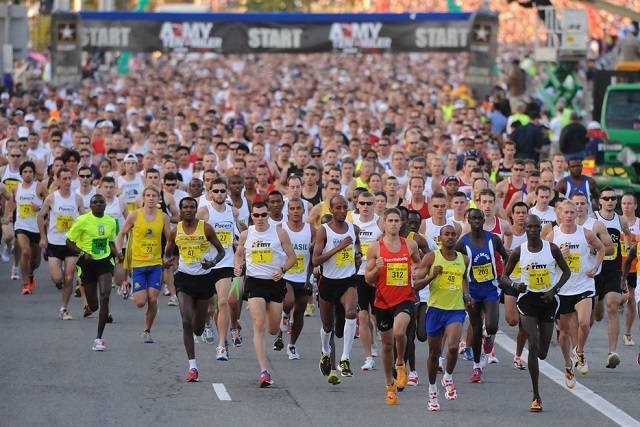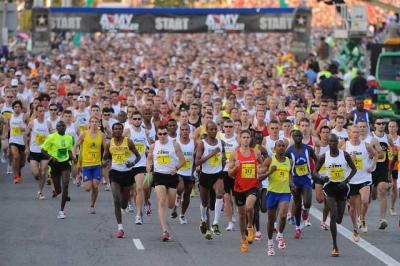A study has revealed the secrets of the best marathon runners, identifying specific physical traits of great marathon runners that can help other athletes improve their performance in marathons or long-distance running.
In the study, elite male runners were asked to run on treadmills at various speeds, then they ran on an outdoor track at a speed of 13.1 miles per hour, equivalent to completing a marathon in two hours. During this, researchers measured heart rate, oxygen consumption, and blood lactate levels to determine oxygen utilization efficiency during exercise and running. According to the study, only seven of the sixteen participants achieved stable oxygen consumption while running at the two-hour marathon pace. Researchers noted that this highlights the difficulty of completing a marathon in less than two hours.
The lactate threshold is one of the general marathon exercises, and overall, athletes maintained a stable oxygen consumption rate of 67 milliliters per kilogram of body weight per minute (ml/kg/min) at a speed slightly over 13 miles per hour, which is double what an average person can achieve when exercising at maximum intensity. Additionally, the blood lactate levels in runners increased upon reaching the maximum stable oxygen consumption state, as the body produces lactate by converting food to energy in the muscles during exercise, which is also associated with physical fatigue.
The lead author of the study, Andrew Jones from the University of Exeter in the UK, stated, "These exceptional athletes possess the perfect mix of physiological traits to finish a marathon. They can reach the maximum stable oxygen consumption state, and they are extremely efficient in energy use when running at sub-maximal speeds. They can also run long distances and manage their physical fatigue very effectively, as the increased lactate concentration in the blood makes them more resistant to fatigue and exhaustion."




